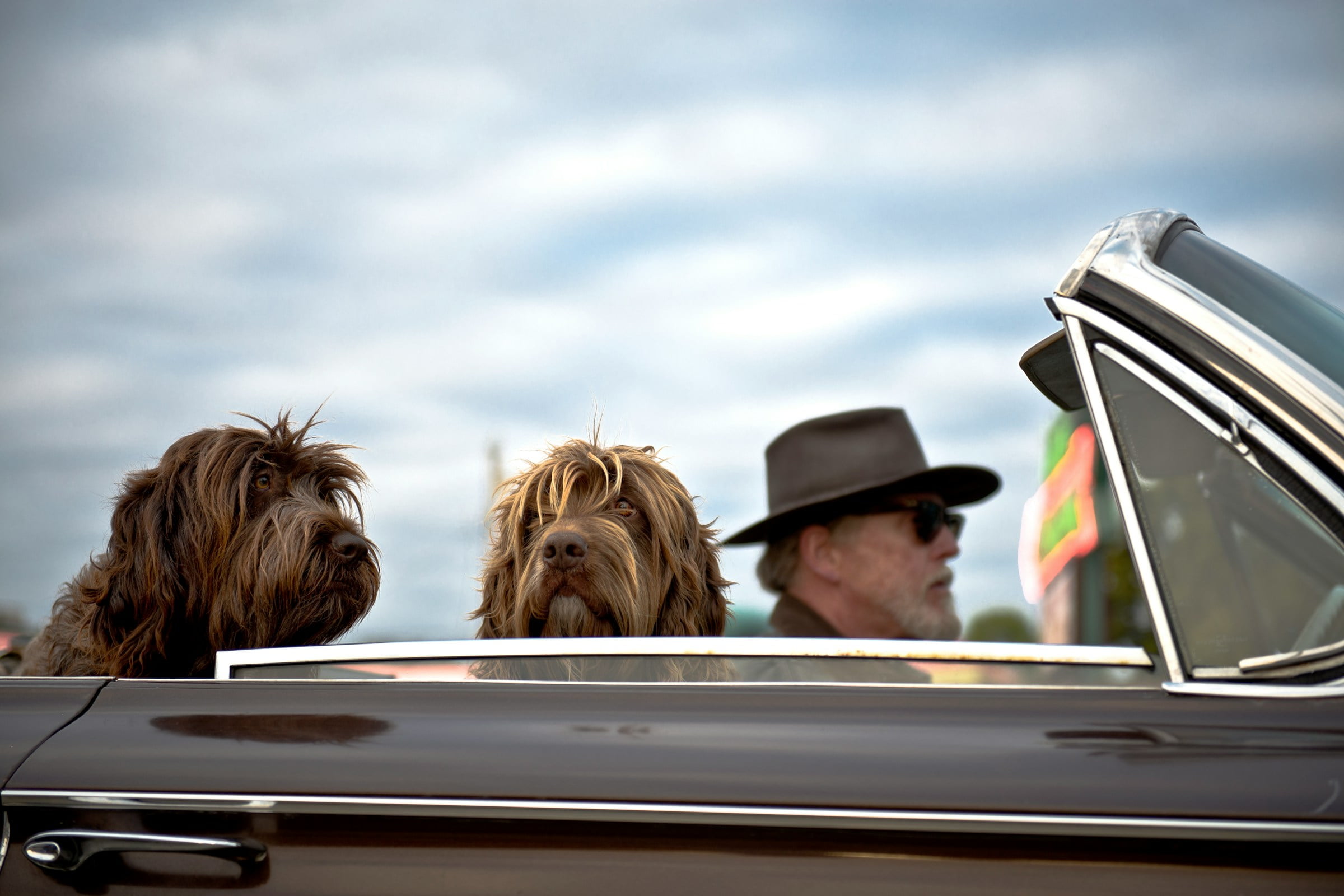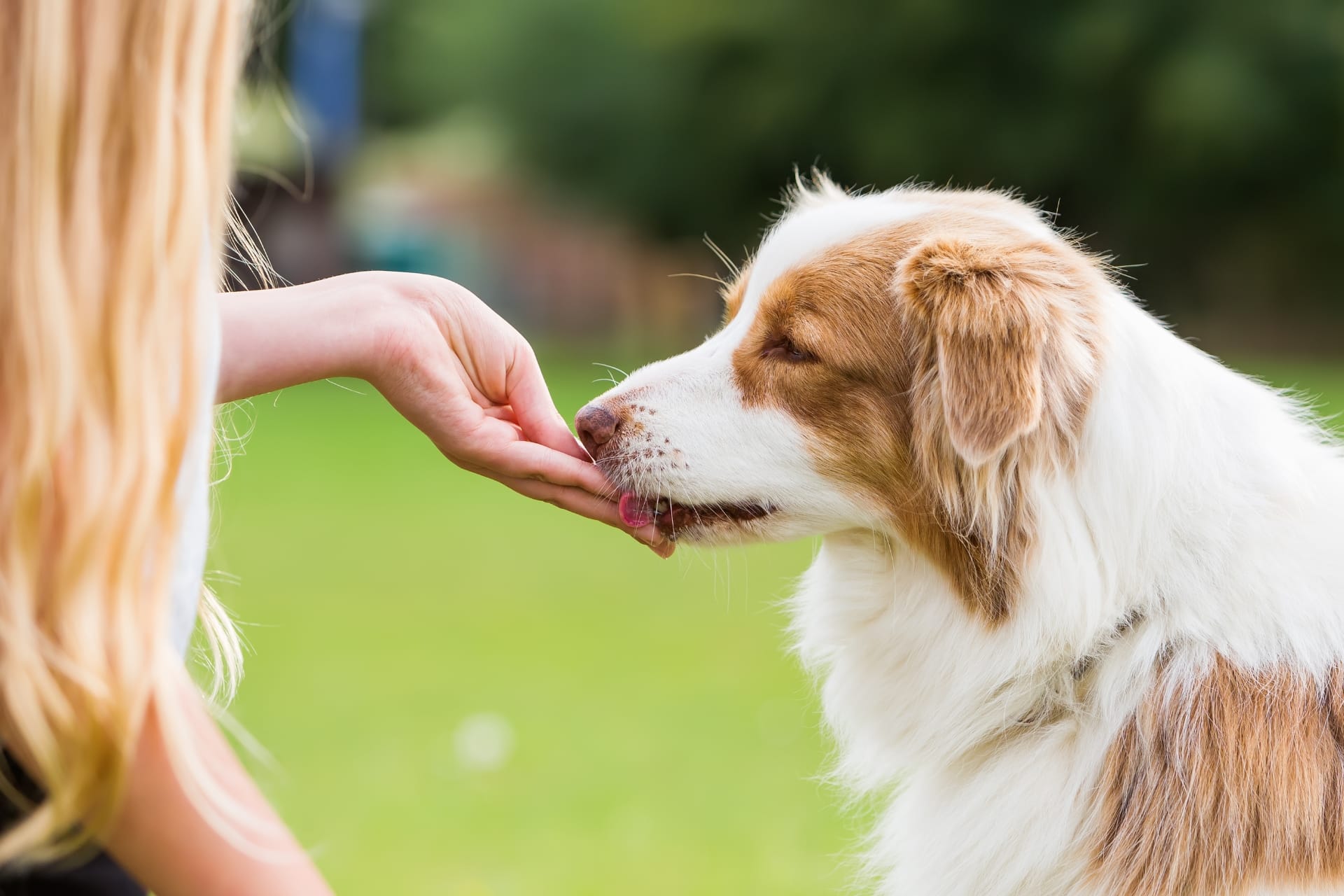As a dog owner, you’ve probably heard the old adage: “One dog year equals seven human years.” It’s a simple, easy-to-remember formula, but unfortunately, it’s not very accurate. Understanding the true relationship between dog years and human years is crucial, not just for curiosity’s sake, but for the health and well-being of your furry friend. In this guide, we’ll dive into how you can accurately convert dog years to human years, using modern methods that consider factors like breed, size, and age.
What is the Dog Years to Human Years Ratio?
The Myth of the 7:1 Ratio
The idea that one dog year equals seven human years has been around for decades. It likely originated as a rough estimate, assuming that dogs live about one-seventh as long as humans. While it’s a nice round number, it doesn’t take into account the significant variations in aging across different dog breeds and sizes. For example, small breeds tend to live longer than larger breeds, which means they age more slowly in the early years but may catch up later in life.
The Modern Approach to Dog Years Calculation
Today, veterinarians and researchers use a more nuanced approach to determine a dog’s age in human years. Factors such as breed, size, and overall health play a significant role in how quickly a dog ages. A widely accepted method involves multiplying the dog’s age by a breed-specific factor that reflects its typical lifespan relative to human years. This method offers a more accurate estimate of your dog’s “human” age, helping you better understand its life stage and needs.
How to Accurately Convert Dog Years to Human Years
Step-by-Step Conversion Guide
To give you a clearer picture, let’s break down how to convert dog years to human years based on breed size.
Small Breeds (Under 20 lbs)
Small dogs, such as Chihuahuas and Dachshunds, tend to have longer lifespans. Here’s a basic conversion:
- 1-year-old small dog = 15 human years
- 2-year-old small dog = 24 human years
- 3-year-old small dog = 28 human years
- After the first few years, each additional year is roughly equivalent to 4-5 human years.
Medium Breeds (20-50 lbs)
Medium-sized dogs, like Beagles and Border Collies, age at a slightly different rate:
- 1-year-old medium dog = 15 human years
- 2-year-old medium dog = 24 human years
- 3-year-old medium dog = 28 human years
- After three years, add about 5 human years for each additional dog year.
Large Breeds (50-100 lbs)
Large dogs, such as German Shepherds and Labrador Retrievers, age more rapidly:
- 1-year-old large dog = 12 human years
- 2-year-old large dog = 22 human years
- 3-year-old large dog = 31 human years
- Each additional year equals about 6-7 human years.
Giant Breeds (Over 100 lbs)
Giant breeds, like Great Danes and Saint Bernards, have the shortest lifespans:
- 1-year-old giant dog = 9 human years
- 2-year-old giant dog = 16 human years
- 3-year-old giant dog = 23 human years
- Add 7-8 human years for every additional year.
Why Does the Conversion Matter?
Impact on Health and Longevity
Understanding how old your dog is in human terms can significantly impact how you care for them. Dogs, like humans, have different needs at different life stages. A young dog might require more exercise and training, while an older dog might need a specialized diet and more frequent veterinary checkups. Knowing your dog’s “human age” helps you anticipate these needs and provide the best care possible.
Behavioral Changes with Age
As dogs age, their behavior can change just as people’s behavior changes over time. Older dogs might become less active, more prone to anxiety, or develop age-related issues such as arthritis. Recognizing these changes as part of their aging process allows you to adjust your care approach, ensuring your dog remains comfortable and happy in its later years.
Common Questions About Dog Years
Do All Dog Breeds Age at the Same Rate?
No, different breeds age at different rates. Smaller breeds generally live longer and age more slowly, especially in the early years. Larger breeds age faster and have shorter lifespans, which is why a 5-year-old Great Dane is much older in human terms than a 5-year-old Chihuahua.
How Does Neutering/Spaying Affect Dog Years?
Neutering or spaying your dog can influence its lifespan. Studies have shown that spayed and neutered dogs tend to live longer because they are less prone to certain types of cancer and other health issues. However, the impact on their “human age” conversion is relatively minimal compared to factors like breed and size.
Can You Reverse a Dog’s Aging Process?
While you can’t reverse aging, you can help your dog age more gracefully. Providing a balanced diet, regular exercise, mental stimulation, and regular veterinary care can improve your dog’s quality of life as it gets older. Some supplements and treatments claim to slow aging, but it’s essential to consult your vet before trying them. Learn how to take care of your aging dog here.
Are Online Dog Age Calculators Reliable?
Many online calculators offer a quick way to estimate your dog’s age in human years. While these tools can be helpful, they often use simplified formulas that might not account for all the factors affecting your dog’s aging process. It’s best to use these calculators as a general guide and consult with your vet for a more accurate assessment. Websites like Pedigree and Stoke Vets offer dog age calculators that provide a quick and easy way to estimate your dog’s approximate age in human years.
What is the Oldest Dog on Record?
The oldest recorded dog was an Australian Cattle Dog named Bluey, who lived to be 29 years old. Using modern calculations, Bluey’s age would be equivalent to over 200 human years, showing that with proper care, dogs can live long, fulfilling lives.
Conclusion
Understanding how to convert dog years to human years is more than just a fun exercise—it’s a vital part of responsible pet ownership. By using accurate, breed-specific formulas, you can ensure your dog gets the care it needs at every stage of life. Remember, your dog’s age in human years affects its diet, exercise, health care, and overall well-being. So, take the time to understand this conversion and give your furry friend the best possible life.
FAQs
- How do I calculate my dog’s age in human years?
- Multiply your dog’s age by a breed-specific factor, considering its size and breed. Use conversion charts or consult your vet for accurate results.
- Is the 7:1 dog-to-human years ratio accurate?
- No, the 7:1 ratio is outdated and overly simplistic. Modern methods consider factors like breed, size, and health.
- Do smaller dogs live longer than larger dogs?
- Yes, smaller breeds generally have longer lifespans and age more slowly than larger breeds.
- Can I slow down my dog’s aging process?
- While you can’t stop aging, you can promote healthy aging through diet, exercise, and regular vet visits.
- Why is my dog acting differently as it gets older?
- Behavioral changes can be a normal part of aging. Older dogs might experience reduced energy, anxiety, or health issues that affect their behavior.
This article aims to provide valuable insights into the accurate conversion of dog years to human years, enhancing your understanding and helping you care for your dog more effectively.












Join the discussion 2 Comments